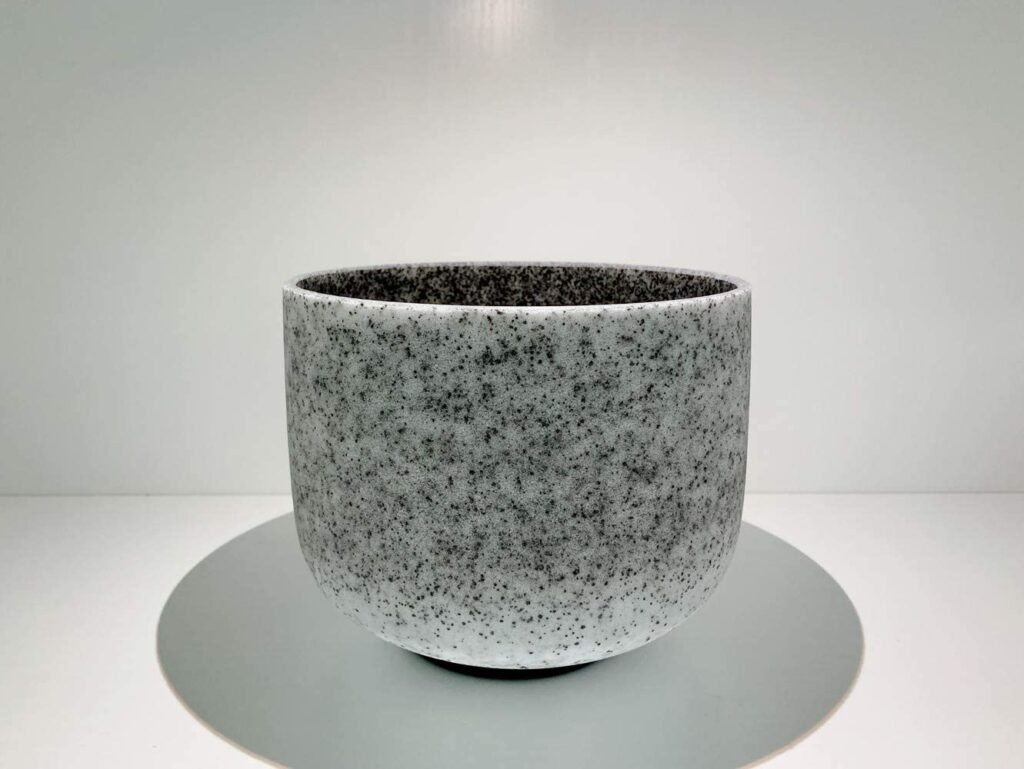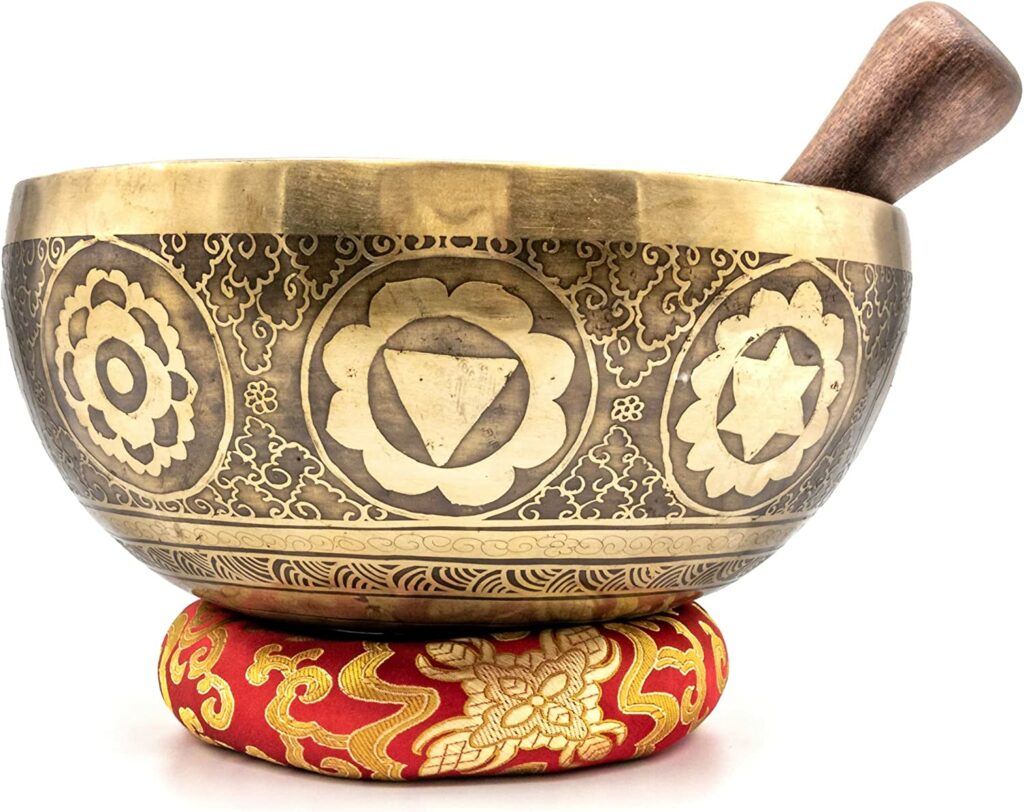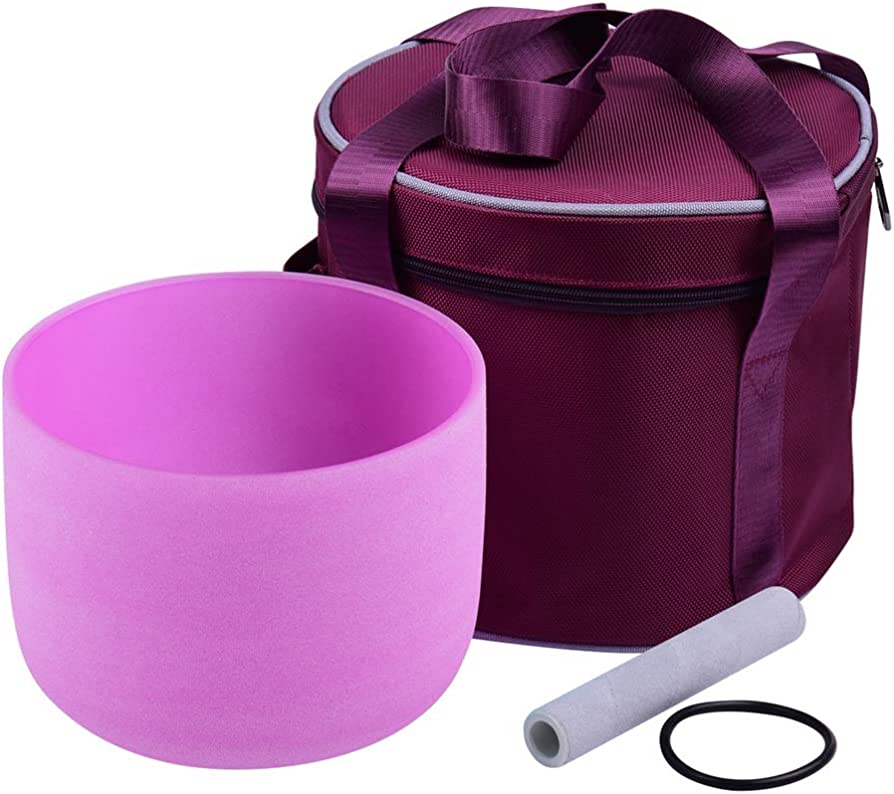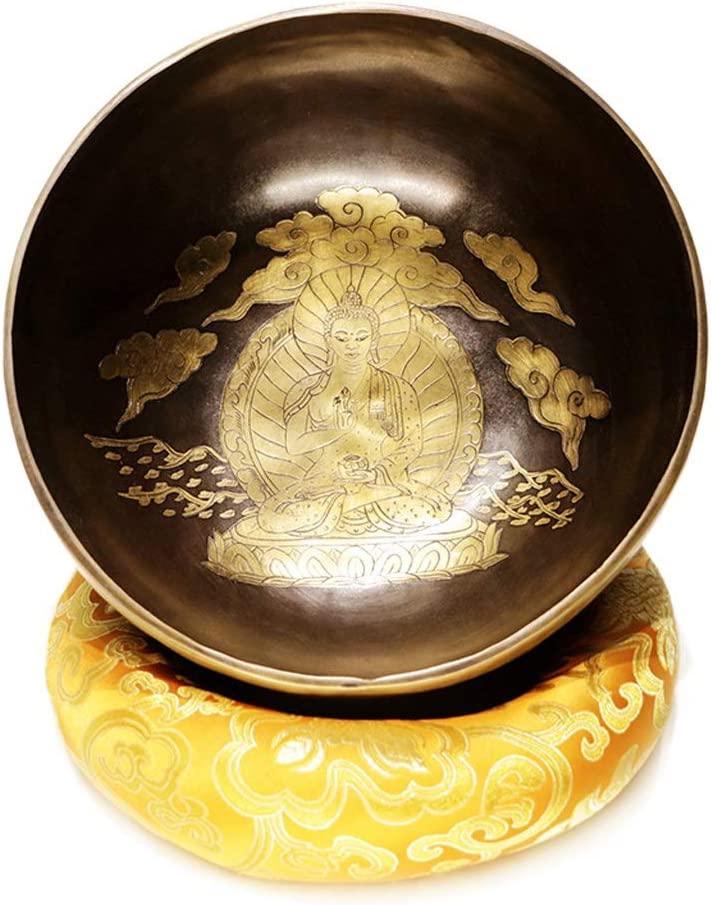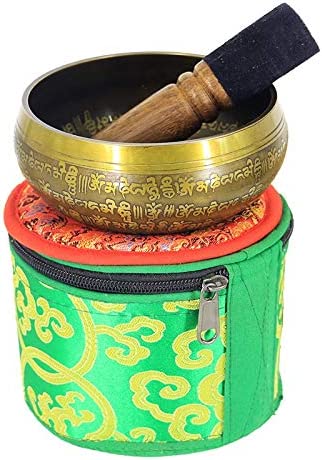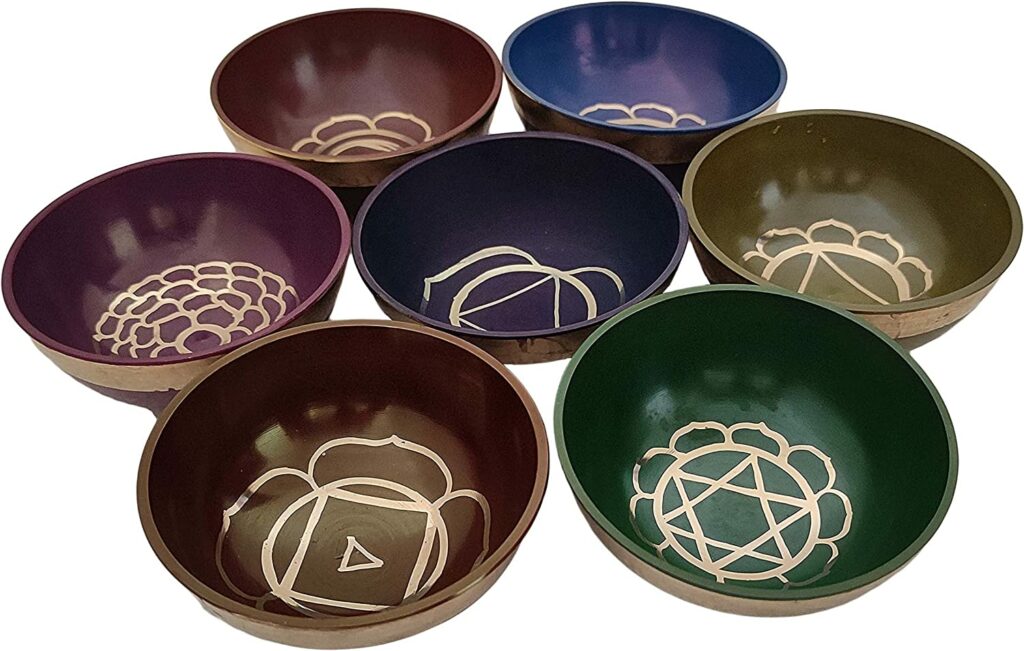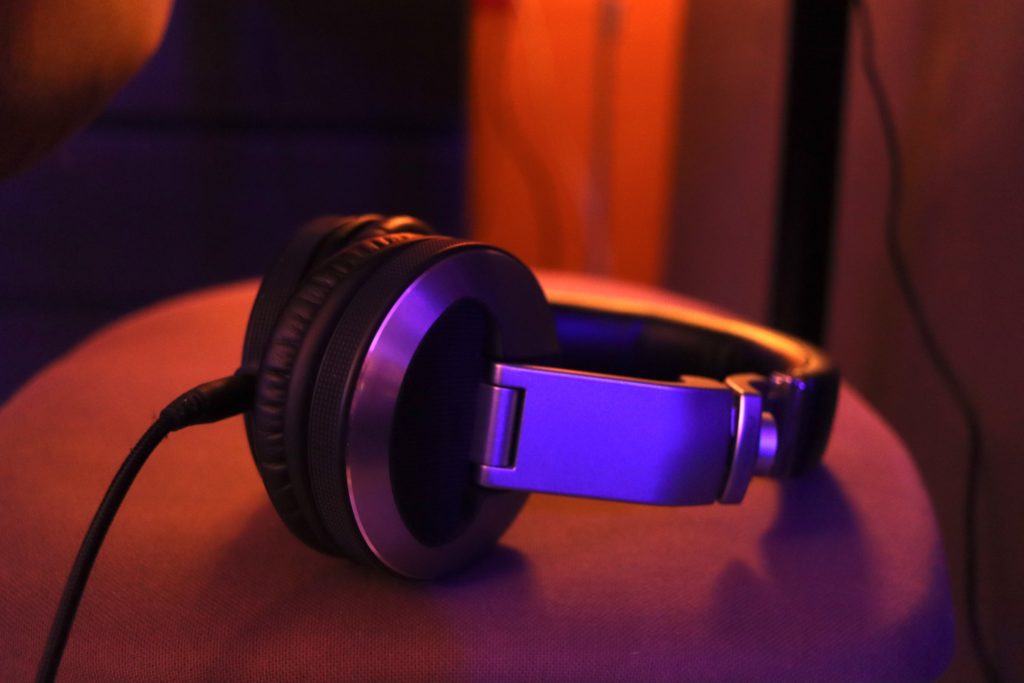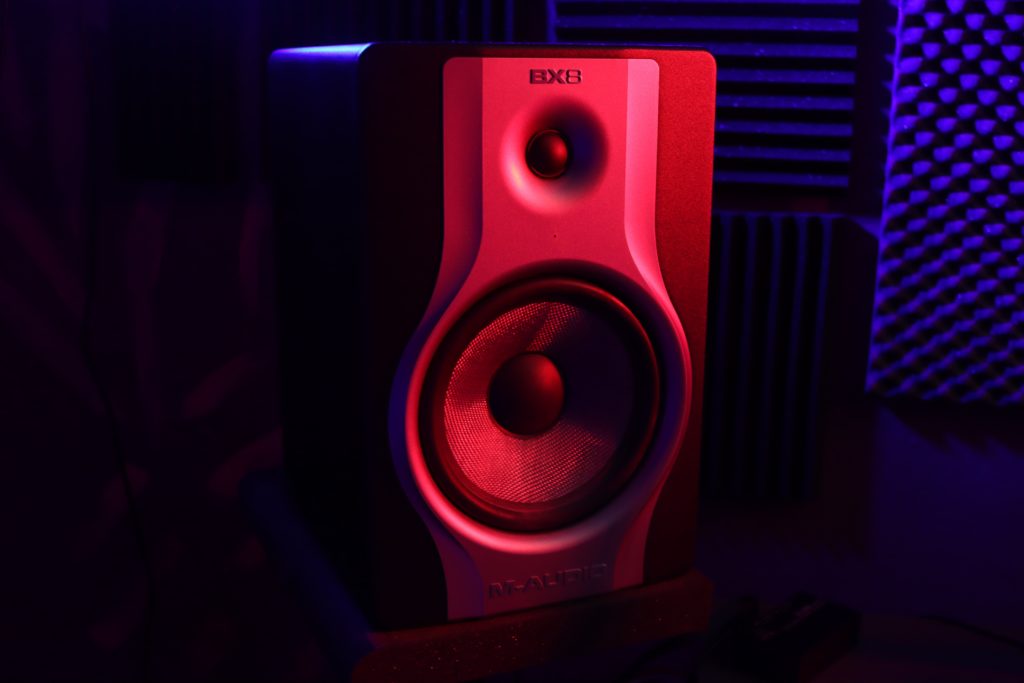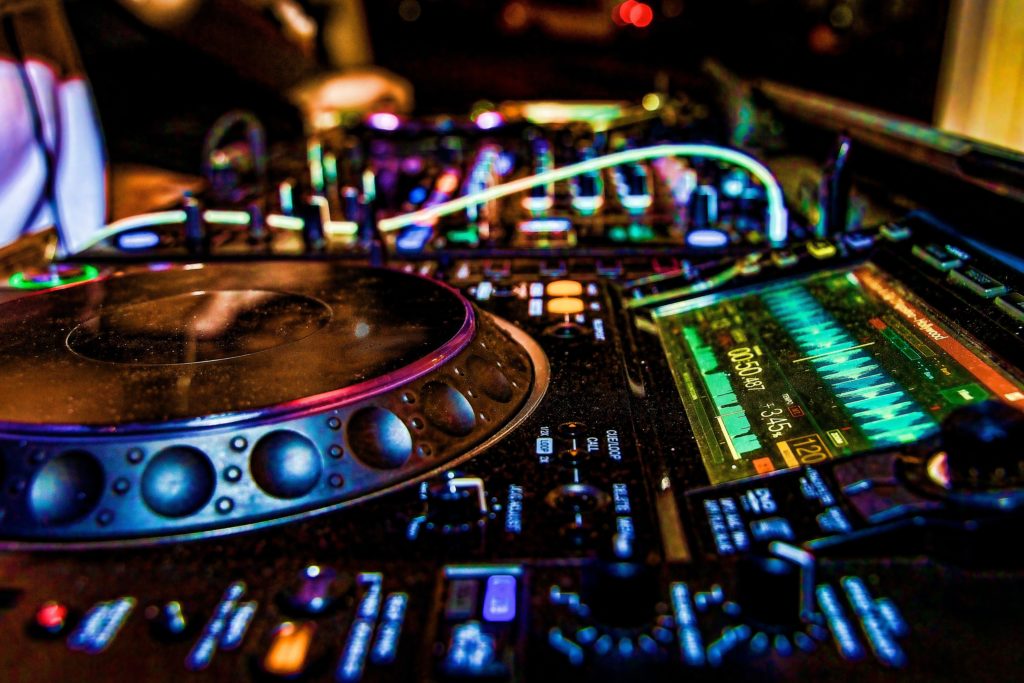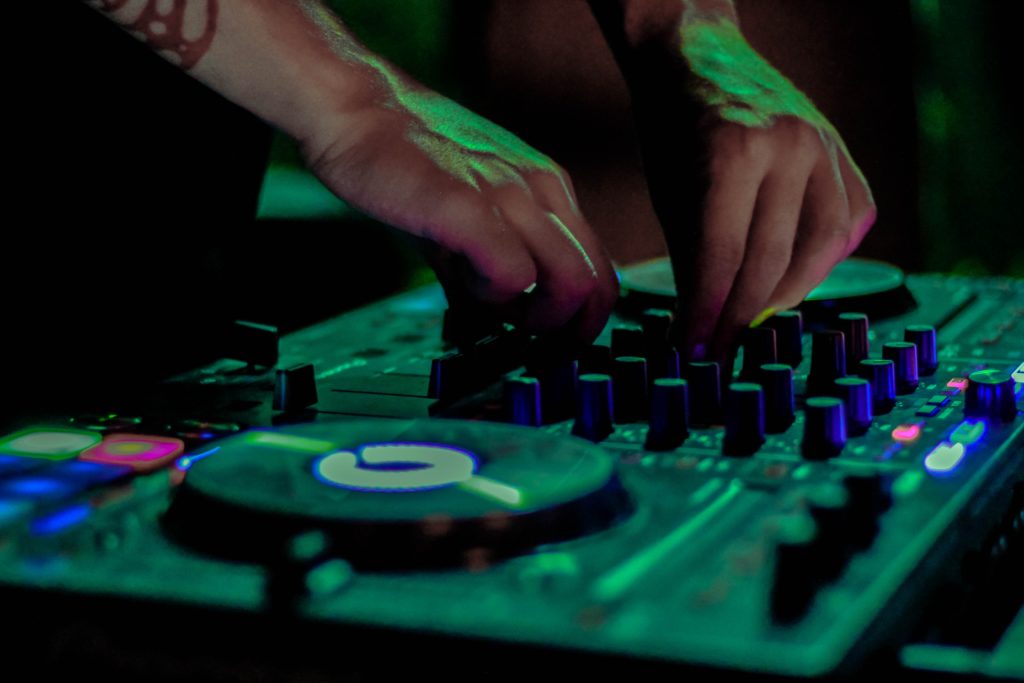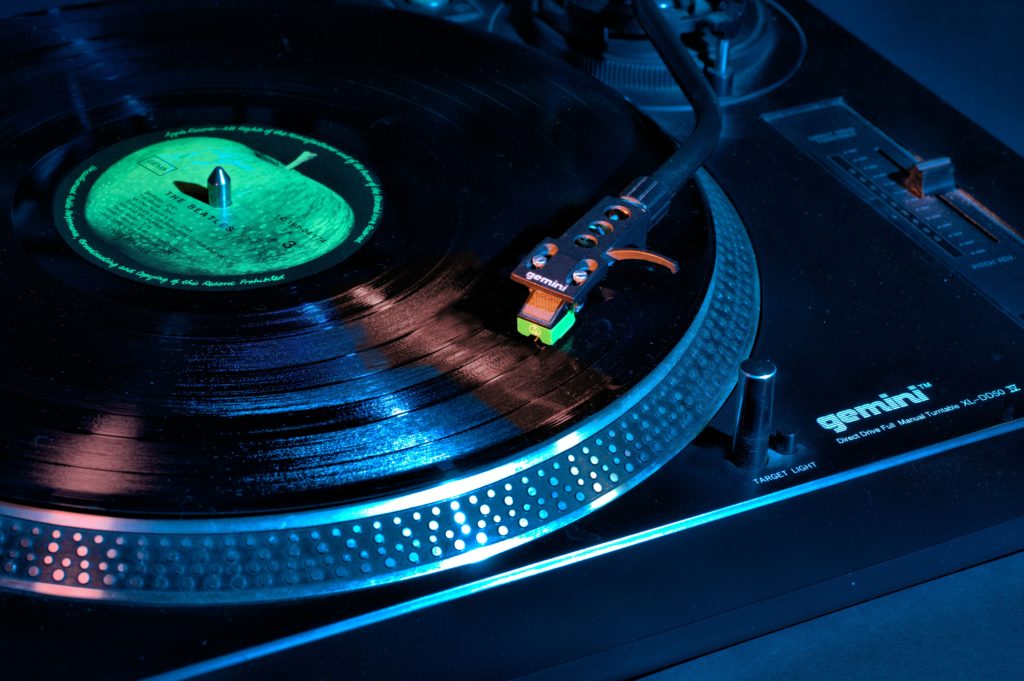The Best Singing Bowls to Find Your Zen
Singing bowls, particularly of the Tibetan style, have been used in both religious and spiritual practices for thousands of years. Not only do the tones evoke a calm, peaceful atmosphere and enable the listener to enter a state of bliss and serenity, but they also act as a great healing tool that’s been known to improve everything from mental health and blood pressure to adrenal gland functions and respiratory issues.
These beautiful-sounding instruments produce crystal-clear, brassy, smooth tones that naturally resonate with the human body, helping the listener to move into a deep space of reflection and enabling them to detach from their worries and concerns. The sounds they produce can be anything from clear, calming high notes to deep, throaty tones. But they all serve the same purpose, which is to essentially pacify the human mind and negate any difficult emotions or thoughts the listener may be dealing with.
With another new year underway, maybe you’ve looked into the benefits and decided it’s time to implement a singing bowl into your own spiritual practice. To get you on the path to transcendence that little bit quicker, we’ve put together a quick guide with a list of the best singing bowls that you can buy now in 2023 to last you and aid in your wellness journey for life.
Singing Bowls: The Different Types
Thadobati Singing Bowls
The Thadobati bowl is a relatively small, straight-walled singing bowl measuring between 6 and 9 inches in diameter. They have flat bottoms, thick walls, and hardly any lip. These singing bowls are believed to be the oldest type.
Remuna Singing Bowls
Thadobati bowls are quite similar to the Remuna singing bowl in terms of sound and shape. However, these bowls tend to have flatter bottoms, and the walls are thinner and tend to slope inward. Many Remuna bowls feature intricate, eye-catching artwork on the inside.
Void Singing Bowls
These types of singing bowls feature what’s known as a “pie-lip” construction,, which means the metal has been folded, then trimmed when forged. It’s name takes after the commonly-used term for “void” in Tibetan Buddhism; a concept based on the hypothesis that the “All” is separate from the individual.
Jambati Singing Bowls
The Jambati singing bowl measures between 8 and 14 inches in diameter, making it one of the largest. The walls are relatively high, which gives them their deep sound. A Jambati bowl is distinguished by the circles and hammer marks etched into the inside of the metal.
Manipuri Singing Bowls
Easily distinguished by its shape, the Manipuri singing bowl features a sloping, shallow bottom and tends to be smaller than other singing bowls.Higher tones are also emitted
Lingam Singing Bowls
Deemed the rarest style of singing bowl, thi kind of singing bowl features a cone in its center. Lingham is known as the term for “phallus, in Sanskrit” and the bowl is still used ibn many ceremonial traditions and acts of prayer today. Deep, full-bodied tones are produced by the Lingam singing bowl. It is also known to resonate and produce ongoing pulsing-like tones.
The Best Singing Bowls
The new Apple MacBook Air (M1, 2020) is not only the best laptop Apple has ever made, it is the best laptop anyone can buy right now. It’s not the first time a MacBook has been on our top lists for laptops, but the MacBook Air (M1, 2020) definitely deserves the top spot as the best DJ laptop and best all-arounder.
Intel has been suspended on all new Apple laptops, hence why the Macbook Air features the new revolutionary ARM-based Apple M1 chip which makes the processor run incredibly fast and helps you deliver an excellent performance. The slim and lightweight laptop build makes it ideal for traveling and it also has impressive 18-hour battery life to keep you going when there’s nowhere to juice up.
Running both new and old Mac applications, the new MacBook Air can now run iOS applications for iPhone and iPad, giving you access to hundreds of great mobile applications and games. It’s also compatible with Serato and Rekordbox DJ, so you can simply download and install, then start mixing right off the bat.
Pros
- Accurate pitch
- Minimalistic design
- Beautiful, harmonious tones
Cons
- O ring was missing from original package
Summary: The Obsidian 10-inch crystal striker is a beautifully-crafted American quartz singing bowl made to produce a soothing, harmonious vibration.
Why We Recommend: The Obsidian 10-inch crystal striker is a beautifully-crafted American quartz singing bowl made to produce a soothing, harmonious vibration. Tuned in D, the resonances begin when the ballstick is ran gently around the outside of the rim.
A gentle or firm pressure can be applied to produce a slightly different tone. The pitch allows the overall sound to penetrate deep enough to allow the listener to easily enter a medidative state. Shipping is super fast and the bowl comes with a 45-day money back guarantee.
Handmade in Nepal, the decorative Fwosi Tibetan Singing Bowl is perfect for Yoga, meditation, and chakra healing ceremonies. This holistic, wellness power tool produces the most rich and revitalzing tones thanks to its structure and blend of 7 special earhtly metals.
Brainwaves react and switch on based on how the bowl is struck, and every sound gives off a calming effect that can leave you in a deep, trance-like state for hours. The bowl comes with a silk brocade cushion and two 8-inch leather-wrapped mallets.
Pros
- Unbelievable resonance
- Beautiful design inside and out
- Comes with cushion and 2 mallets
- Perfect for any kind of spiritual practice
Cons
- None
Summary: Whether you want to use it for yoga, sound baths, or a general spiritual practice, the Fwosi is the perfect companion.
Why We Recommend: The Fwosi singing bowl is truly a work of art. Aside from its striking looks, it produces the most wonderful tones that grab the soul and caress the senses. Whether you want to use it for yoga, sound baths, or a general spiritual practice, the Fwosi is the perfect companion.
We’ve always felt that suede hits much better on crystal than any other material, and that’s why we had to include this gorgeous high-purity quartz singing bowl in our list. While it doesn’t come with any extras other than the mallet, the rich viabrational resonance it produces outweighs anything that it might be lacking.
The striking, crystal white color means it will look fantastic on your mantleshelf when it’s not in use, and the thick 20cm-diameter walls means it’s unlikely to corrode and much less prone to shattering unlike some crystal singing bowls we’ve tried in the past.
Pros
- Made of high-purity quartz
- Suede mallet for easier contact
- Beautiful color and surface texture
- Great size with thick, reinforced walls
Cons
- Doesn’t come with any extras
Summary: The striking, crystal white color means it will look fantastic on your mantleshelf when it’s not in use, and the thick 20cm-diameter walls means it’s unlikely to corrode even after years of use.
Why We Recommend: While it’s nice to have some fine decorative piece of artwork as well as an instrument that sounds incredible, we’re all for minimalism as well. The ZMSGZ looks organic resonancy and sounds it produces are even more so.
A handmade singing bowl made of high-quality copper, the ZLYMX Mantra Buddha Tibetan singing bowl produces one of the oldest and most traditional sounds synonmous with Buddhist culture and practices. It’s ideal for relieving stress and has been proven to aid in both mental and physical conditioning.
In addition to the endless health benefits, it’s a wonderful tool for getting the creative juices flowing while driving intuitive thinking, particuarly during sound baths and deep meditation sessions.
Pros
- Handmade with copper build
- Includes mallet and silk cushion
- Amazing tones and calming resonancy
Cons
- Color may be different from what is advertised
Summary: The ZLYMX Mantra Buddha Tibetan singing bowl produces one of the oldest and most traditional sounds synonmous with Buddhist culture and practices.
Why We Recommend: The relaxing resonance and tranquil sounds of ever-lasting peace emitted by this singing bowl immediately put you into a state of positivity. The bowl makes a fantastic addition to a home, yoga studio, or workplace, and is the perfect gift for friends or loved ones.
This exquisite handcrafted singing bowl is incredibly special in the sense that the pattern on every one that is produced is entirely unique. Therefore, you can guarantee a one-of-a-kind singing bowl that, thanks to its high-quality materials and build, will last you a lifetime.
The set includes a mallet, and when ran around the outside of the rim, allows the bowl to let off a beautiful resonancy that instantly takes the listener to a special place of deep clarity and pure serenity.
Pros
- One of a kind singing bowl
- Comes with easy grip stick
- Made from high-grade copper
Cons
- None
Summary: This exquisite handcrafted singing bowl is incredibly special in the sense that the pattern on every one that is produced is entirely unique.
Why We Recommend: Just like the other bowls on our list, the sound the HNBFF produces is absolutely sublime. But what we like about this the most is the fact that the creators never make no two bowls the same. This is a great fact to include if you plan to gift it to a special someone—no one else on earth other than them owns this bowl!
These authentic Tibetan singing bowls are a true set and include a wooden leather pencil striker plus 7 multi-colored, gold-patterns singing bowls to represent the 7 chakras. A hand-sewn dampening cushion is also included to ensure the purest and most harmonious resonancies can only be heard.
Each mini bowl measures 3 inches in height and 2.3 inches in diameter. The materials are forged from copper and brass with gold-plated line designs on the inside.
Pros
- 7 hand-crafted mini bowls
- Mallet and cushion included
- Gold-oattern design on each bowl
- Decent battery life
Cons
- Not the most portable
Summary: These authentic Tibetan singing bowls are a true set and a fantastic way of opening up each individual chakra.
Why We Recommend: We love the fact that there is a bowl for each chakra in this set. This makes them ideal for individual chakra activation and is perfect for yoga meditation. Each bowl produces soothing, long-lasting sound and can be placed on the cushion to ensure the resonancy stays in its purest form.
How Do You Play A Singing Bowl?
There are a few techniques that can be used to make singing bowls produce those heavenly sounds they are renowned for. What’s important to remember h, however, is that playing is only half of it! The most important part is learning how to truly listen to the sound in order to fully appreciate it. So, with that in mind, here is a step-by-step breakdown on how to best play a singing bowl to guarantee you get the full experience. The guide is recommended for beginners who are new to singing bowls and who might need a bit of a crash course in getting the best, most optimal sound.
Before you even think about striking the bowl, ensure you’re sitting comfortably in a chair or on a cushion, and you are in a room or location that is quiet. You might also want to consider somewhere with ambient lighting to set the mood and give you an immediate sense of calm.
Once you’re sitting comfortably and ready to begin, relax your entire body and start to focus only on your breath. Inhale deeply through your nose, and exhale through your mouth. This is very much the same as Vipassana-style breathwork, and focusing on this aspect of your body only helps to calm the mind and halt distracting mental chatter. Now, hold the wooden mallet in your hand and very gently strike the outside of the bowl. Ensure you’re using the soft end of the mallet! Listen to what happens. Focus your attention on the sound of each overtone, and continue listening as the resonancy starts to decline. Be patient, as this could very well take 30 seconds or more before the bowl becomes silent.
Strike the bowl again, and this time, once 2 or 3 seconds has passed, use the mallet to gently run the wooden end around the outer rim in a circular fashion. Go slowly at first, until you hear the bowl begin to “sing.” It may take a bit of practice to get the pressure and speed just right so you can really hear the full force of the tones; what the bowl produces should be a tone that sustains a certain volume, and gets louder the faster you go around the rim.
Again, just listen! Observe how the tones change as you rub the bowl compared to striking it. Depending on the speed and pressure applied, there will be both subtle and noticeable differences in the sound that’s produced. If you find yourself getting impatient or your mind begins to wander, slowly and clammy bring you attention back to the bowl. Certain questions may arise while all of this is happening. You might be asking yourself, who else can hear the bowl? Where does the bowl begin and the striker end?
Play the bowl again and this time, rather than using the mallet to strike it or run it around the outer rim, turn the mallet on its side and try rubbing it gently around the very top of the rim with the soft part instead. Notice how the sound changes?
This is one of the great things about singing bowls: a different yet distinctive sound is produced based on the area of the bowl you are striking or rubbing as well as the material on the mallet. It’s worth trying out all different angles and ends to discover the various resonancies and vibrations the bowl emits. Naturally, there may be times where you lose contact with the bowl, but don’t worry about it! Practice makes perfect, after all. And the more you use it, the more unique and beautiful tones you will begin to hear.
Remember that playing your singing bowl is supposed to be fun and not about achieving the perfect sound every time; it’s about being present, calm, and really listening to each note in it’s fullest. In this respect, playing a singing bowl is not much different to learning any other kind of instrument. And it’s not much different than simply sitting in a meditation session and using things like gongs, kalimbas, handpans, or even chanting. The whole idea is to be still and listen, and even if your mind wanders, know that this is perfectly ok and with time, you’ll become more attuned to the sounds and the best way to produce them. For now, it’s a good idea to simply experiment with your singing bowl to uncover the sound and methods that resonate with you most.
Whatever these methods are, we’re confident you’ll fall in love with the sound of singing bowls and whichever one you choose to buy will make a wonderful addition to your wellness and spiritual practices. Namaste!


